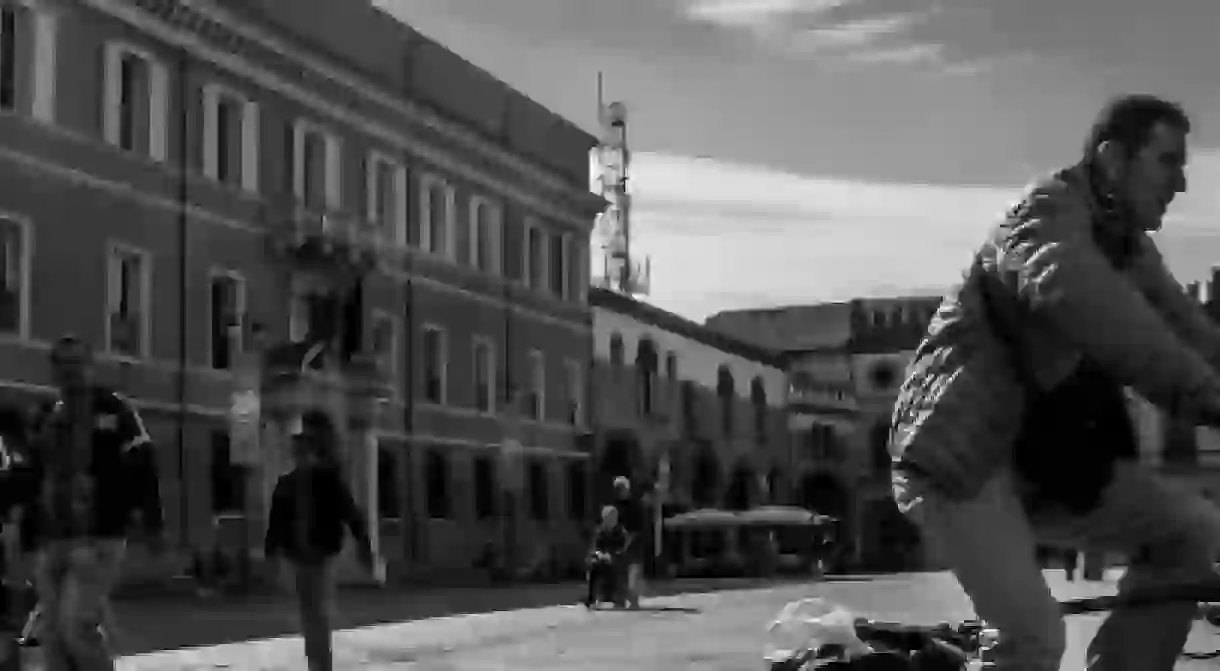The Top 10 Things To Do And See in Ravenna

Ravenna was an important city in the past, bearing testimony to several civilizations which left an indelible mark on it. It was elected capital city of the Western Roman Empire, the Goth Kingdom under Theodoric, and the Byzantine Empire in Europe. Today it boasts eight UNESCO World Heritage sites as well as other important cultural monuments which merit a mention and a visit. Here are 10 things every tourist should see!

Basilica of San Vitale
Church
Mausoleum of Galla Placidia
Building
Battistero Neoniano
Cathedral
Basilica di Sant'Apollinare Nuovo e in Classe
Cappella di Sant'Andrea
Mausoleum of Theodoric
MAR (Museo d'Arte)
Mirabilandia
Park
Battistero degli Ariani
Building
Zona del silenzio
Dante Alighieri, generally called in Italian “Sommo Poeta” because of the paramount importance he has always maintained in the history of Italian literature, was buried in Ravenna and his remains are still in the city, in what has grown to be one of the most important monuments on The Boot. It is a small building in Neoclassical fashion with a small dome on top of it. Close to this tomb is Quadrarco di Braccioforte, another important building in the area, with four vaults opening on each of the sides which protect another two graves. The Basilica di San Francesco next to Dante’s tomb is where the bard’s funeral service took place in 1321. This church also boasts a 10th-century crypt whose floor is completely submerged in water, thus creating a magical atmosphere where tourists can admire the wonderful mosaics which ornament the floor. via Dante Alighieri 9, Ravenna, Italy (Dante’s tomb), Piazza San Francesco 1, Ravenna, Italy (Basilica)By Luca Pinelli













